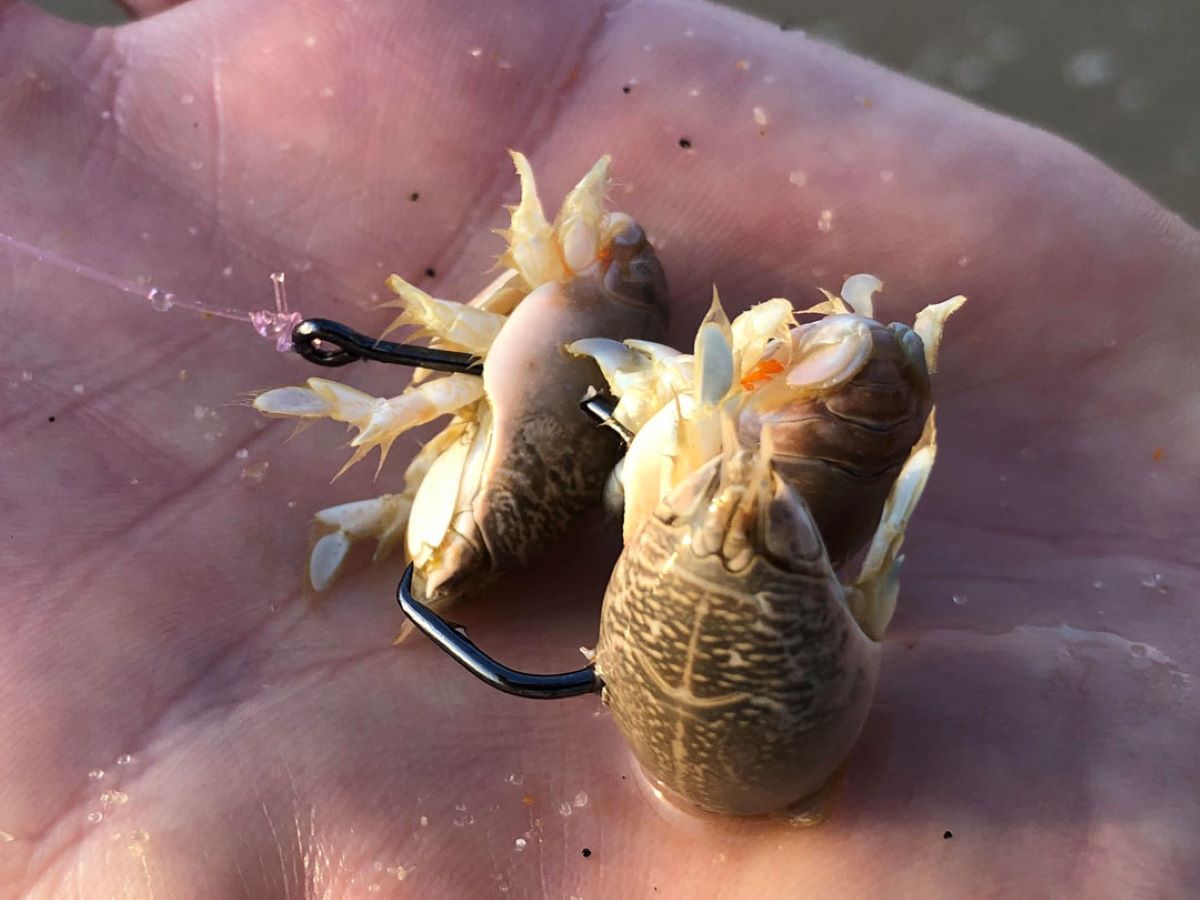

Articles
How To Store Sand Fleas
Modified: December 7, 2023
Discover effective techniques and tips on how to store sand fleas in this comprehensive article. Enhance your fishing experience with proper sand flea storage.
(Many of the links in this article redirect to a specific reviewed product. Your purchase of these products through affiliate links helps to generate commission for Storables.com, at no extra cost. Learn more)
Introduction
Welcome to our comprehensive guide on how to store sand fleas! Sand fleas, also known as mole crabs, are small crustaceans commonly found on sandy beaches. They make excellent bait for fishing but can be challenging to store properly due to their delicate nature. Whether you plan to use them for your next fishing trip or simply want to keep them as pets, this article will provide you with all the information you need to successfully store and care for sand fleas.
Understanding the behavior and needs of sand fleas is crucial for their successful storage. Sand fleas are filter feeders, meaning they mainly eat organic matter found in the sand. They also burrow themselves in the sand to escape predators and harsh environmental conditions. With this knowledge in mind, we can create suitable conditions that mimic their natural habitat and ensure their well-being in captivity.
In the following sections, we will discuss the proper collection of sand fleas, how to prepare a suitable storage container, creating a sand flea habitat, nourishing them in captivity, maintaining suitable conditions, preventing escapes, and cleaning and maintaining the storage container. Lastly, we will explore how to use the stored sand fleas as bait for fishing.
By the end of this guide, you’ll have all the knowledge and tools necessary to store sand fleas successfully. So, let’s dive in and learn how to ensure the long-term survival and well-being of these fascinating creatures!
Key Takeaways:
- Properly storing sand fleas involves mimicking their natural habitat, collecting them responsibly, and maintaining suitable conditions to ensure their well-being and longevity in captivity.
- Utilizing stored sand fleas as bait for fishing requires careful preparation, experimentation with bait presentation, and adherence to local fishing regulations to maximize their effectiveness as natural bait.
Read more: How To Store Sand
Understanding Sand Fleas
Sand fleas, scientifically known as Emerita spp., are small crustaceans that can be found in sandy coastal areas around the world. Despite their name, they are not actual fleas but are closely related to crabs and lobsters. These fascinating creatures play an important role in the marine ecosystem and are often used as bait for fishing.
Sand fleas have a unique body structure that allows them to thrive in sandy environments. They have a robust exoskeleton that protects their soft inner body and enables them to dig and burrow into the sand. Their flattened body shape and strong legs allow them to move efficiently through the sand, making them masters of camouflage and survival.
One of the most interesting aspects of sand fleas is their feeding behavior. They are filter feeders, meaning they use their feathery appendages, called antennae, to filter organic matter from the sand. They ingest tiny particles of decomposing plants and animals, bacteria, and other microorganisms found in the sand, extracting the nutrients they need to survive.
Sand fleas are primarily nocturnal creatures and are most active during low tide when the sand is damp. During high tide, they retreat deeper into the sand to avoid being swept away by the waves or ingesting excess saltwater, which can be harmful to them.
When it comes to reproduction, sand fleas have a unique and fascinating life cycle. Female sand fleas carry hundreds of thousands of eggs, which they release into the water. The fertilized eggs hatch into larvae known as “zoea,” which go through several stages of development before molting into juvenile sand fleas. As they mature, they undergo another molt to reach their final adult form.
Understanding the natural behavior and needs of sand fleas is essential for their successful storage. By replicating their natural habitat as closely as possible, we can ensure their well-being, enable them to feed, burrow, and thrive in captivity. In the next sections, we will explore the proper collection and storage techniques to provide an environment that meets their unique requirements.
Proper Collection of Sand Fleas
Collecting sand fleas can be a fun and rewarding experience, but it’s important to do so responsibly and without causing harm to these delicate creatures or their environment. Here are some guidelines to follow when collecting sand fleas:
- Time your collection: Sand fleas are most active during low tide when the sand is damp. Plan your collection during these times for the best chances of finding them.
- Look for signs: Look for small, V-shaped depressions in the sand, which indicate the presence of sand fleas. These depressions are their burrows, where they hide and feed.
- Use a sand flea rake: A sand flea rake or a shovel with small holes can be used to scoop the sand gently and sift out the sand fleas. Be careful not to dig too deeply and disturb their burrows.
- Be gentle: When handling sand fleas, it’s important to be gentle to prevent injury or stress. Hold them between your thumb and fingers, or use a small container partially filled with damp sand to transfer them.
- Maintain moisture: To keep the sand fleas alive during the collection process, ensure that you keep them cool and moist. Place them in a bucket or container with a damp cloth or seaweed to maintain the moisture level.
- Release non-target species: While collecting sand fleas, you may come across other small marine creatures. Make sure to release any non-target species back into the water to minimize disturbances to the ecosystem.
It’s important to note that regulations regarding the collection of sand fleas may vary depending on your location. Always check with local authorities or obtain the necessary permits before collecting sand fleas.
By following these guidelines, you can collect sand fleas responsibly and ensure the population is preserved for future generations.
Preparing a Suitable Storage Container
Once you’ve collected sand fleas, it’s crucial to provide them with a suitable storage container that mimics their natural environment. Here are the steps to prepare a proper storage container:
- Container selection: Choose a container that is large enough to accommodate the number of sand fleas you have collected. A rectangular plastic container with a lid works well, as it provides ample space and is easy to clean.
- Add a layer of substrate: Start by adding a layer of damp sand or a mixture of sand and seawater to the bottom of the container. The depth of the substrate should be enough for the sand fleas to burrow and hide.
- Provide a hiding place: Place a few small rocks or pieces of driftwood in the container to create hiding spots for the sand fleas. These objects also serve as anchor points for them to burrow under.
- Maintain moisture: Sand fleas require a moist environment to survive. Sprinkle the substrate with a small amount of seawater or freshwater regularly to maintain the moisture level. Be cautious not to make the substrate too wet, as it can drown the sand fleas.
- Ensure proper ventilation: To maintain adequate air circulation, ensure that your container has small holes or a breathable lid. This will prevent the buildup of excess humidity and allow for oxygen exchange.
- Avoid direct sunlight and extreme temperatures: Place the storage container in a shaded area away from direct sunlight to prevent overheating. Sand fleas thrive in temperatures between 60°F to 75°F (15°C to 24°C), so it’s important to keep them within this range.
Remember to regularly check the conditions of the storage container and make adjustments as necessary. Monitor the moisture level and temperature to ensure optimal conditions for the sand fleas.
Now that you have prepared a suitable storage container, the next step is to create a sand flea habitat to provide them with a natural and comfortable environment. In the next section, we will discuss how to create a habitat that allows them to exhibit their natural behaviors and thrive in captivity.
Creating a Sand Flea Habitat
To ensure the well-being and longevity of your stored sand fleas, it’s important to create a suitable habitat that closely resembles their natural environment. Consider the following steps when setting up a sand flea habitat:
- Substrate selection: Start by using fine, damp sand as the substrate in the storage container. This type of sand closely resembles the sand on the beach and allows the sand fleas to burrow and hide comfortably.
- Mimic the beach environment: Add a few seashells, small rocks, or pieces of seaweed into the container. These additions provide visual appeal and create niches for the sand fleas to explore and hide under, simulating their natural coastal habitat.
- Provide moisture: As mentioned earlier, sand fleas require a moist environment. Mist the substrate with a small amount of seawater or freshwater regularly to maintain the moisture level. Monitor the humidity to ensure it is not excessive, as it can be harmful to the sand fleas.
- Enhance the burrowing experience: Sand fleas love to dig and burrow into the sand. Create gentle slopes and small mounds in the substrate to encourage their natural burrowing behavior. This allows them to feel secure and engage in their natural activities.
- Maintain proper lighting: Sand fleas are accustomed to natural lighting conditions. Ensure that the habitat receives a moderate amount of ambient light but avoid exposing them to direct sunlight, as it can cause overheating and stress.
It’s important to regularly monitor the habitat and make necessary adjustments to maintain the sand fleas’ well-being. Check the moisture level, temperature, and cleanliness of the habitat, and make appropriate changes as needed. Remember to avoid overfeeding the sand fleas, as excessive organic matter can lead to poor water quality and harmful ammonia buildup.
Creating a suitable sand flea habitat allows these fascinating creatures to exhibit their natural behavior and feel comfortable in captivity. Next, we will discuss the proper nourishment techniques to ensure they receive the nutrients they need to thrive.
Read more: How To Store Kinetic Sand
Nourishing Sand Fleas in Captivity
Proper nourishment is crucial for the health and well-being of sand fleas in captivity. Since sand fleas are filter feeders, their diet primarily consists of organic matter found in the sand. Here are some important points to consider when nourishing sand fleas:
- Feeding frequency: Sand fleas do not require frequent feeding. Providing a small amount of food once every two to three days is sufficient. Overfeeding can lead to poor water quality and accumulation of organic matter.
- Food sources: Sand fleas primarily feed on decaying organic matter, bacteria, and microorganisms present in the sand. You can supplement their diet with fine particles of dried seaweed, crushed fish food flakes, or finely ground shrimp pellets. These types of food closely mimic their natural diet.
- Proper portioning: Sprinkle a small amount of the supplemental food over the substrate in the storage container. Be cautious not to overfeed, as excess food can decompose and create an unfavorable environment.
- Bury the food: To encourage the sand fleas to forage and exhibit their natural feeding behavior, lightly bury the food particles in the substrate. This mimics the process of them filtering and consuming organic matter from the sand.
- Monitor feeding behavior: Observe the sand fleas during feeding to ensure they are actively consuming the food. If they show minimal interest in the supplemental food, it may indicate that they are finding enough nutrition from the sand. Adjust the feeding frequency or amount accordingly.
It’s important to note that sand fleas can survive for extended periods without food, as they can extract nutrients from the sand. However, providing supplemental food ensures they receive a balanced diet and helps maintain their overall health.
Water quality is also crucial for the well-being of sand fleas. Avoid using chlorinated tap water, as it can be harmful to them. Instead, opt for natural seawater or dechlorinated water to maintain a healthy environment.
By providing the proper nourishment to your sand fleas, you can support their overall health and ensure they thrive in captivity. In the next section, we will discuss how to maintain suitable conditions to keep your sand fleas comfortable.
Store sand fleas in a well-ventilated container with damp sand or seawater-soaked paper towels. Keep them in a cool place and change the sand or water regularly to keep them alive and fresh for fishing bait.
Maintaining Suitable Conditions
To ensure the long-term well-being and survival of your sand fleas, it’s essential to maintain suitable conditions in their storage container. Here are some key factors to consider:
- Temperature: Sand fleas thrive in temperatures between 60°F to 75°F (15°C to 24°C). It’s important to monitor and maintain the temperature within this range to prevent stress or discomfort. Avoid exposing the container to extreme temperatures, as both excessive heat and cold can be detrimental to the sand fleas.
- Humidity: Sand fleas require a moist environment to survive. Regularly check the moisture level in the storage container and mist the substrate with a small amount of seawater or freshwater as needed to maintain proper humidity. Ensure that the container has proper ventilation to prevent excessive humidity buildup.
- Avoid overcrowding: Overcrowding can lead to unhealthy living conditions for sand fleas. Provide sufficient space for them to move, burrow, and exhibit their natural behaviors. If you have a large number of sand fleas, consider using multiple storage containers or larger-sized containers to accommodate them comfortably.
- Water quality: It’s important to maintain good water quality in the storage container. Avoid using chlorinated tap water, as it can be harmful to sand fleas. If using seawater, ensure it is free from pollutants. Regularly monitor water quality parameters such as pH, ammonia, and nitrate levels, and perform water changes as necessary to maintain a clean and healthy environment.
- Lighting: Sand fleas are accustomed to natural lighting conditions. Place the storage container in an area that receives moderate ambient light, taking care to avoid direct sunlight. Proper lighting promotes the natural behavior and well-being of the sand fleas.
Regularly observe the sand fleas for any signs of stress or illness. Look for abnormal behavior, such as lethargy, loss of appetite, or difficulty in burrowing. If you notice any health concerns, seek advice from a marine biologist or an experienced aquarium hobbyist who can provide guidance on proper care and potential treatments.
By maintaining suitable conditions, you create an environment that closely resembles the sand fleas’ natural habitat, allowing them to thrive and exhibit their natural behaviors.
In the next section, we will discuss ways to prevent escapes and ensure the sand fleas remain safely confined within their storage container.
Preventing Escapes
Preventing escapes is essential to ensure that your sand fleas remain securely contained within their storage container. Here are some tips to help prevent sand fleas from escaping:
- Tightly secure the lid: Ensure that the lid of the storage container is securely fastened to prevent any gaps or openings. Sand fleas are tiny and can fit through small spaces, so it’s crucial to have a tight seal.
- Check for holes and cracks: Regularly inspect the storage container for any holes or cracks that may serve as escape routes. Sand fleas are skilled at finding even the tiniest openings, so repair any damaged areas promptly.
- Avoid lifting the lid unnecessarily: Minimize the frequency of opening the container unnecessarily. Each time the lid is lifted, there is a chance for sand fleas to escape. Only open the lid when necessary for maintenance or feeding.
- Use mesh or breathable materials: If you need to provide additional ventilation, consider using a breathable material, such as fine mesh or netting, instead of leaving gaps or holes. This prevents the sand fleas from squeezing through small openings.
- Monitor the surroundings: Pay attention to the area surrounding the storage container. Ensure there are no openings or gaps in the vicinity that could allow sand fleas to escape. Keep the container away from open windows, doors, or other potential escape routes.
- Avoid abrupt movements: Sand fleas are sensitive to vibrations and sudden movements. Be cautious when handling or moving the container to minimize disturbances that could cause them to jump or attempt to escape.
Remember that sand fleas are agile creatures known for their ability to burrow and move quickly through sand. Taking precautions to prevent escapes will help ensure the longevity and safety of your stored sand fleas.
In the next section, we will discuss how to clean and maintain the storage container to provide a clean and healthy environment for the sand fleas.
Cleaning and Maintaining the Storage Container
Maintaining a clean and hygienic environment is crucial for the health and well-being of your sand fleas. Regular cleaning and maintenance of the storage container will help prevent the buildup of waste, maintain water quality, and ensure a healthy living space. Here are some important steps to follow:
- Remove debris: Regularly remove any visible debris, uneaten food, or waste materials from the substrate. Use a small net, a turkey baster, or a siphon to carefully remove any excess organic matter.
- Partial water changes: Depending on the size of the storage container, perform regular partial water changes to maintain water quality. This helps remove accumulated waste and maintain a clean environment for the sand fleas.
- Monitor water parameters: Test the water regularly to ensure proper water quality. Monitor parameters such as pH, ammonia, nitrite, and nitrate levels to ensure they are within acceptable ranges for the sand fleas. Make any necessary adjustments or seek advice if levels are incorrect.
- Clean the container: Periodically clean the storage container itself. Empty the substrate and give the container a thorough rinse with dechlorinated water. Avoid using any harsh chemicals or detergents that could be harmful to the sand fleas.
- Replace substrate if necessary: Over time, the substrate may become soiled or compacted. If you notice a significant buildup of waste or deterioration of the substrate’s quality, replace it with fresh, damp sand or a sand and seawater mixture.
- Inspect and repair: Regularly inspect the storage container for any damage, cracks, or loose fittings. Repair or replace any damaged parts to ensure the container remains secure and functioning properly.
By following these cleaning and maintenance routines, you can provide a clean and healthy environment for your sand fleas. A clean habitat will help minimize stress, prevent disease, and promote the overall well-being of these delicate creatures.
In the next section, we will discuss how to use the stored sand fleas as bait for fishing, maximizing their usefulness and ensuring they serve their intended purpose.
Read more: How To Store Carrots In Sand
Using Stored Sand Fleas as Bait
Stored sand fleas make excellent bait for fishing, attracting a wide range of fish species in both freshwater and saltwater environments. Here are some tips on how to effectively use stored sand fleas as bait:
- Select the right fishing rig: Depending on your fishing location and target species, choose an appropriate rig to enhance the presentation of the sand fleas. Options include a bottom rig, a fish finder rig, or a Carolina rig.
- Hook placement: Carefully thread the sand flea onto the hook. The hook should be inserted just below the sand flea’s mouth, ensuring it remains securely attached but still allows for natural movement.
- Bait combinations: Sand fleas can be used alone or combined with other baits to increase attractiveness. Consider pairing them with pieces of shrimp, fish chunks, or squid to create a more enticing scent and texture.
- Casting and retrieval: Cast your line into likely fishing spots, such as rocky areas, sandbars, or near underwater structures. Allow the bait to sink to the desired depth, and then retrieve it slowly or let it rest on the bottom, depending on your fishing strategy.
- Stay observant: Be alert for any signs of fish bites or activity. Sand fleas are known to attract a variety of fish species, including pompano, redfish, striped bass, and flounder. Watch for tugs, line movement, or other indications of fish strikes.
- Experiment with presentation: Vary the way you present the bait by adjusting the depth, using a light bobber or sinker, or incorporating subtle movements to mimic natural prey. Experimentation can help you determine what works best for the specific fishing conditions.
Remember to check local fishing regulations, licensing requirements, and size and bag limits for your target fish species before heading out. Practice catch-and-release if appropriate, ensuring the sustainability of fish populations.
By utilizing stored sand fleas as bait, you increase your chances of attracting fish and having a successful fishing experience. Enjoy the thrill of the catch and the satisfaction of using a natural and effective bait.
As we conclude this guide, we hope that you now have the knowledge and understanding to store sand fleas successfully and use them as bait or for your own personal enjoyment. By following the guidelines outlined in this article, you can provide the care and conditions necessary for the longevity and well-being of these fascinating crustaceans.
Conclusion
In conclusion, storing sand fleas requires careful attention to their unique needs and behaviors. By understanding their natural habitat, collecting them responsibly, providing a suitable storage container, creating a sand flea habitat, nourishing them properly, maintaining suitable conditions, and preventing escapes, you can ensure the well-being and longevity of these fascinating creatures.
When collecting sand fleas, time your collection during low tide and look for signs of their presence, using a sand flea rake or shovel with small holes to scoop them up gently. Once collected, transfer them to a suitable storage container prepared with damp sand, hiding places, moisture, and proper ventilation.
Creating a sand flea habitat involves selecting the right substrate, mimicking their beach environment with shells and rocks, providing moisture, and maintaining proper lighting. Nourishing sand fleas involves feeding them sparingly with supplemental food, burying the food in the substrate, and monitoring their feeding behavior.
Maintaining suitable conditions requires monitoring temperature, humidity, and water quality, avoiding overcrowding, and providing proper lighting. Preventing escapes involves securing the container tightly, checking for holes and cracks, and minimizing disturbances.
Regularly cleaning and maintaining the storage container includes removing debris, performing partial water changes, monitoring water parameters, and inspecting and repairing the container as needed.
Finally, utilizing stored sand fleas as bait for fishing involves selecting the right fishing rig, placing the hook properly, experimenting with bait combinations and presentation, and staying observant for fish activity.
By following these guidelines and caring for sand fleas responsibly, you can enjoy the benefits of using them as bait for fishing or simply appreciate their presence as fascinating creatures. Remember to always check the local regulations regarding collecting and using sand fleas, and practice catch-and-release to help maintain healthy fish populations.
We hope that this comprehensive guide has provided you with the knowledge and confidence to store sand fleas successfully and enjoy their unique qualities. Here’s to successful fishing trips and a deeper appreciation for the wonders of nature!
Frequently Asked Questions about How To Store Sand Fleas
Was this page helpful?
At Storables.com, we guarantee accurate and reliable information. Our content, validated by Expert Board Contributors, is crafted following stringent Editorial Policies. We're committed to providing you with well-researched, expert-backed insights for all your informational needs.
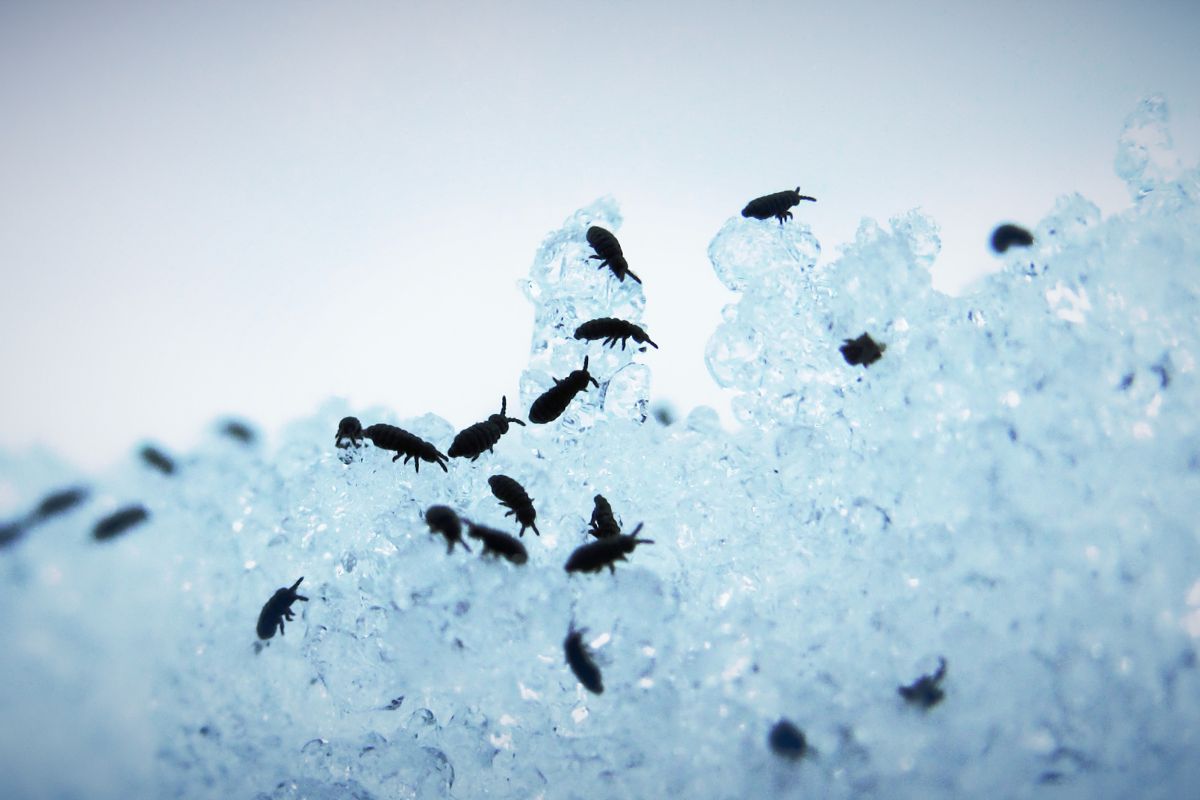
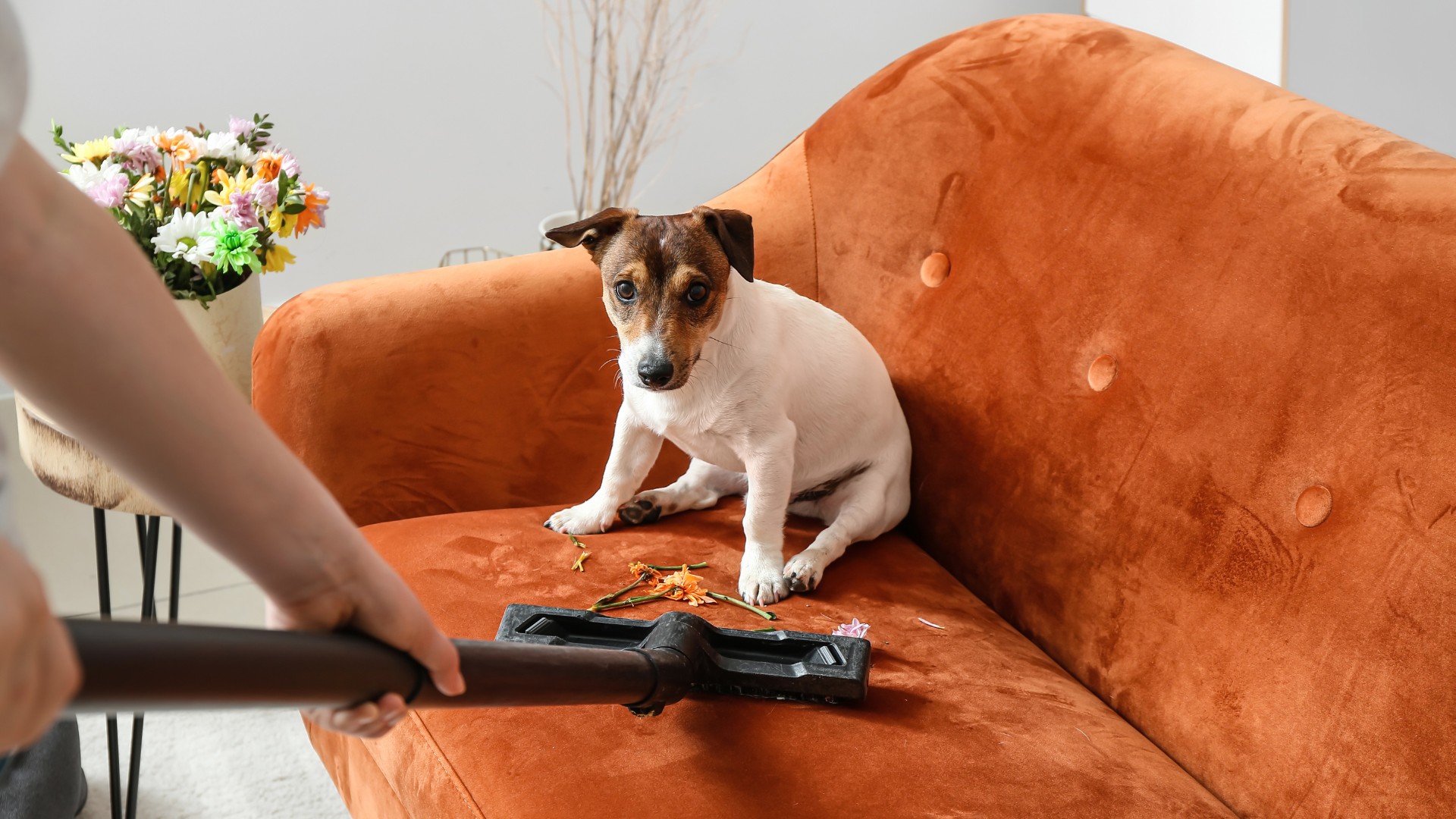

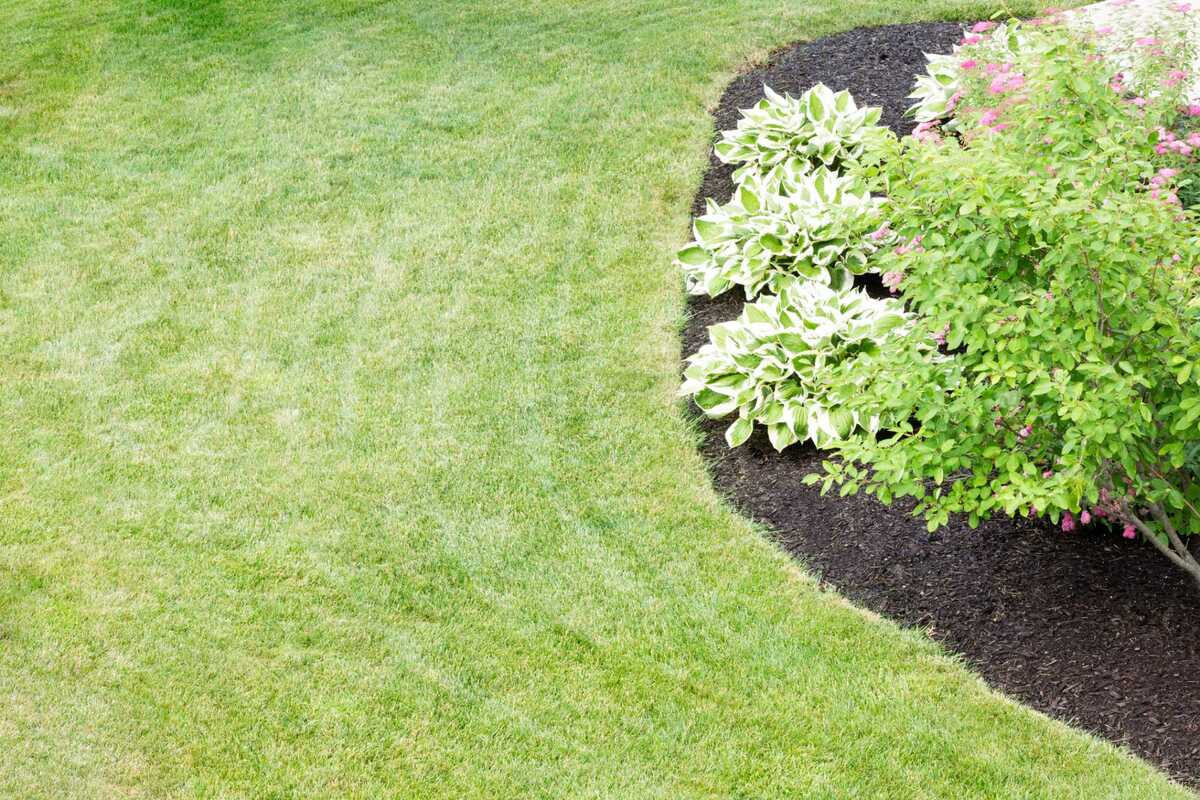
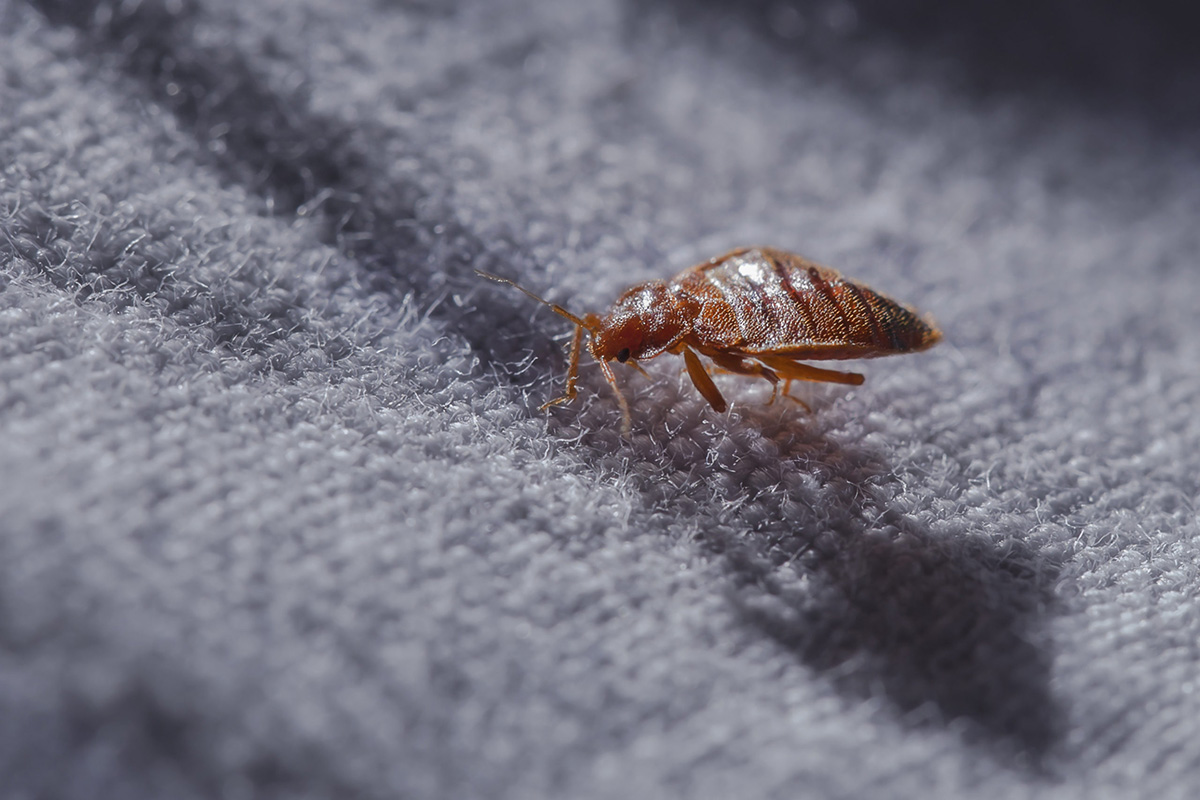
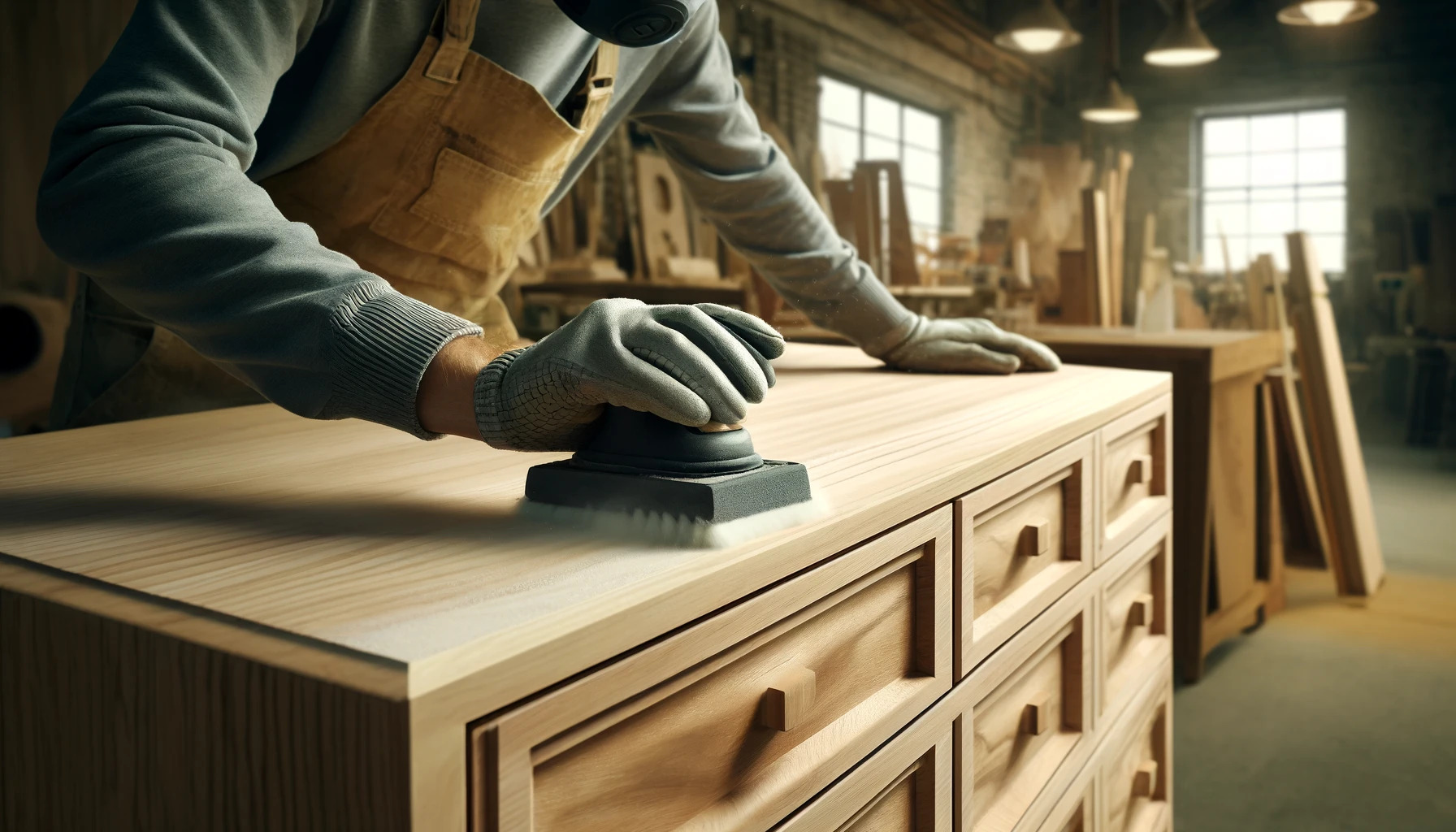
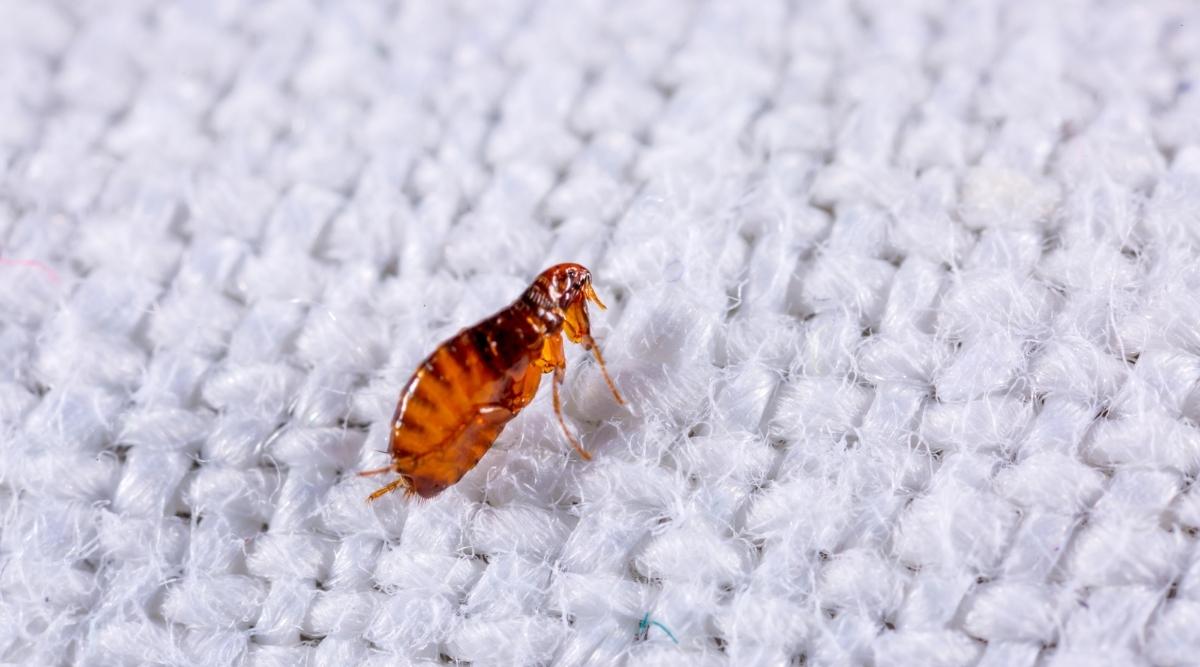
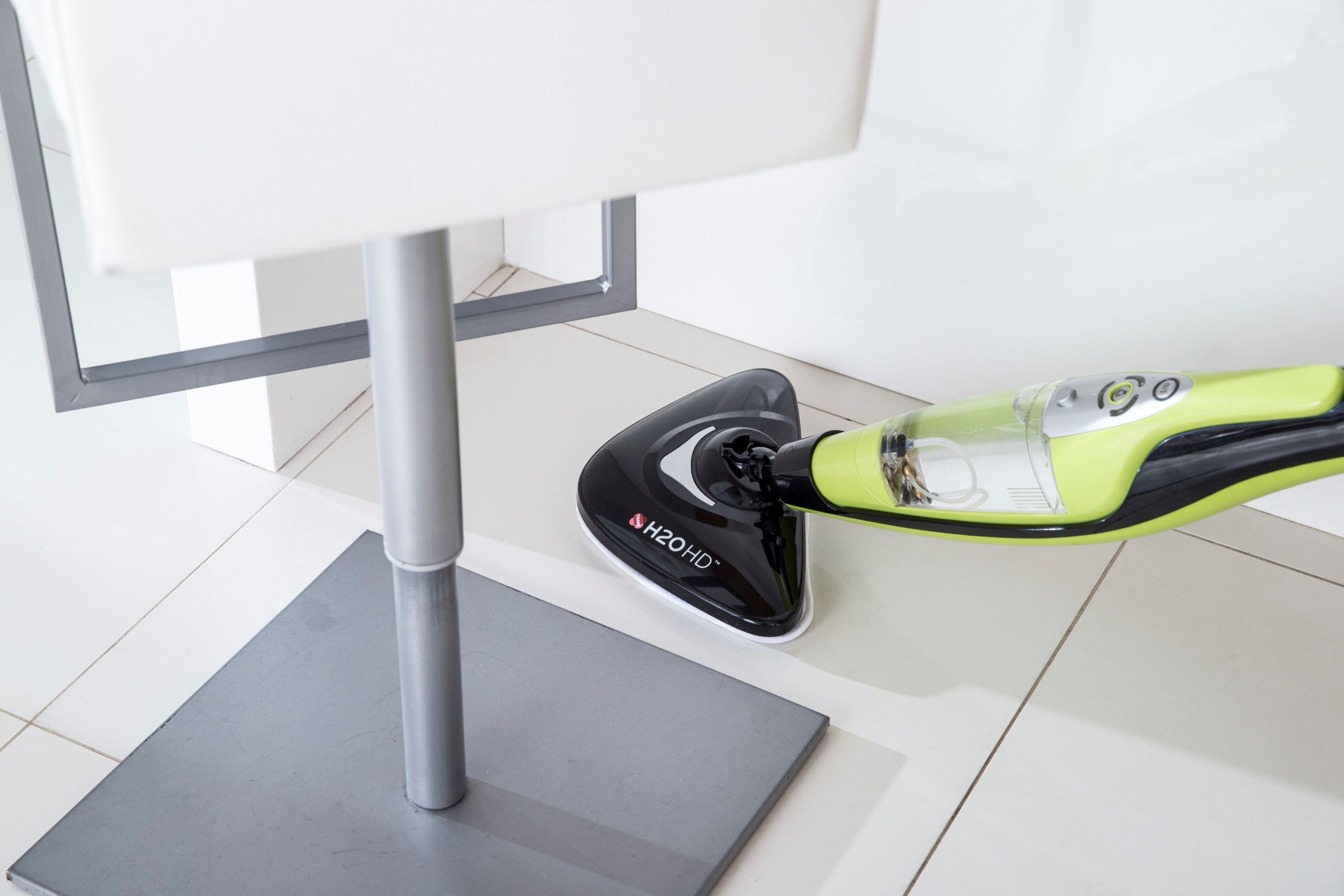
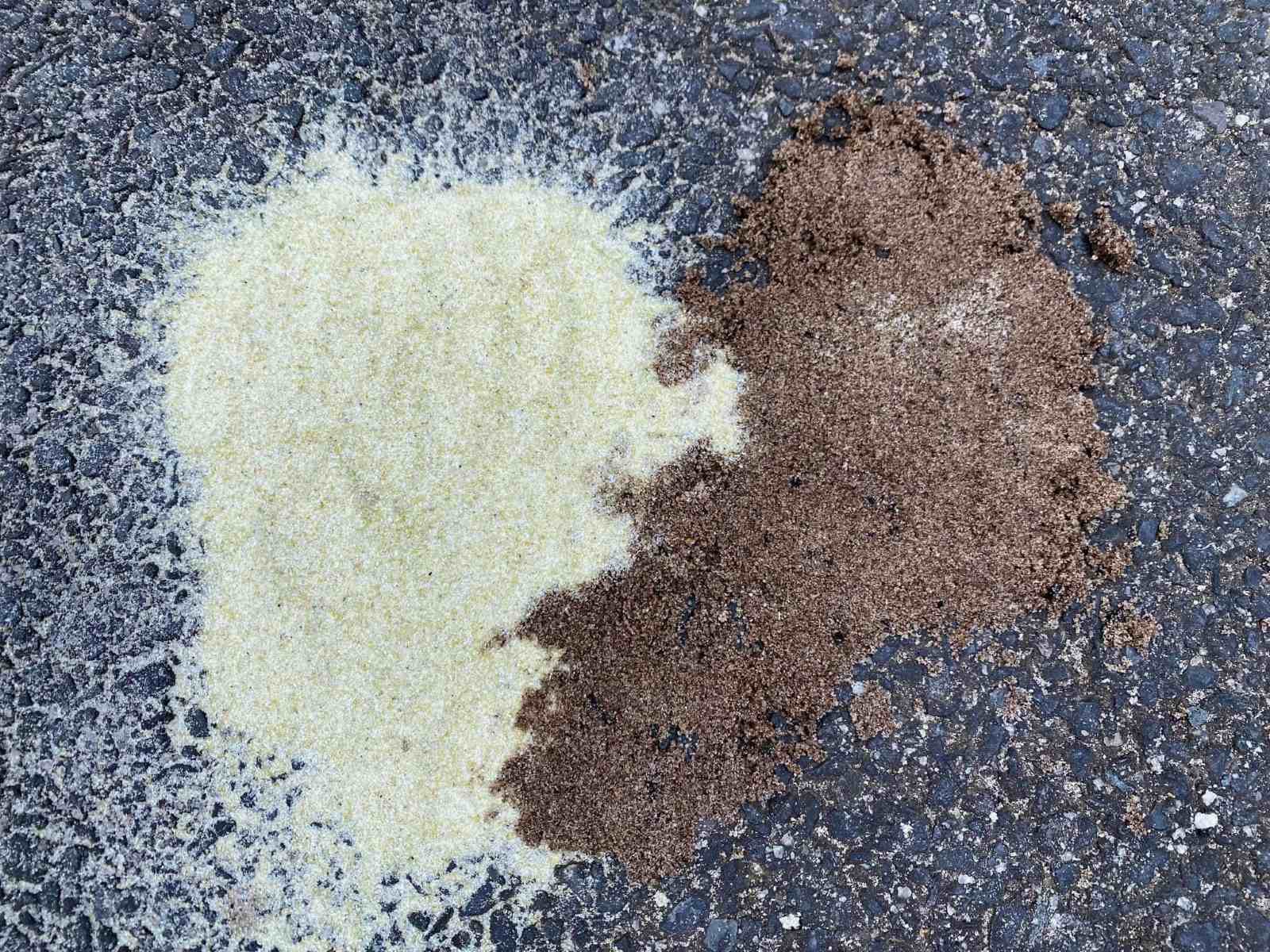
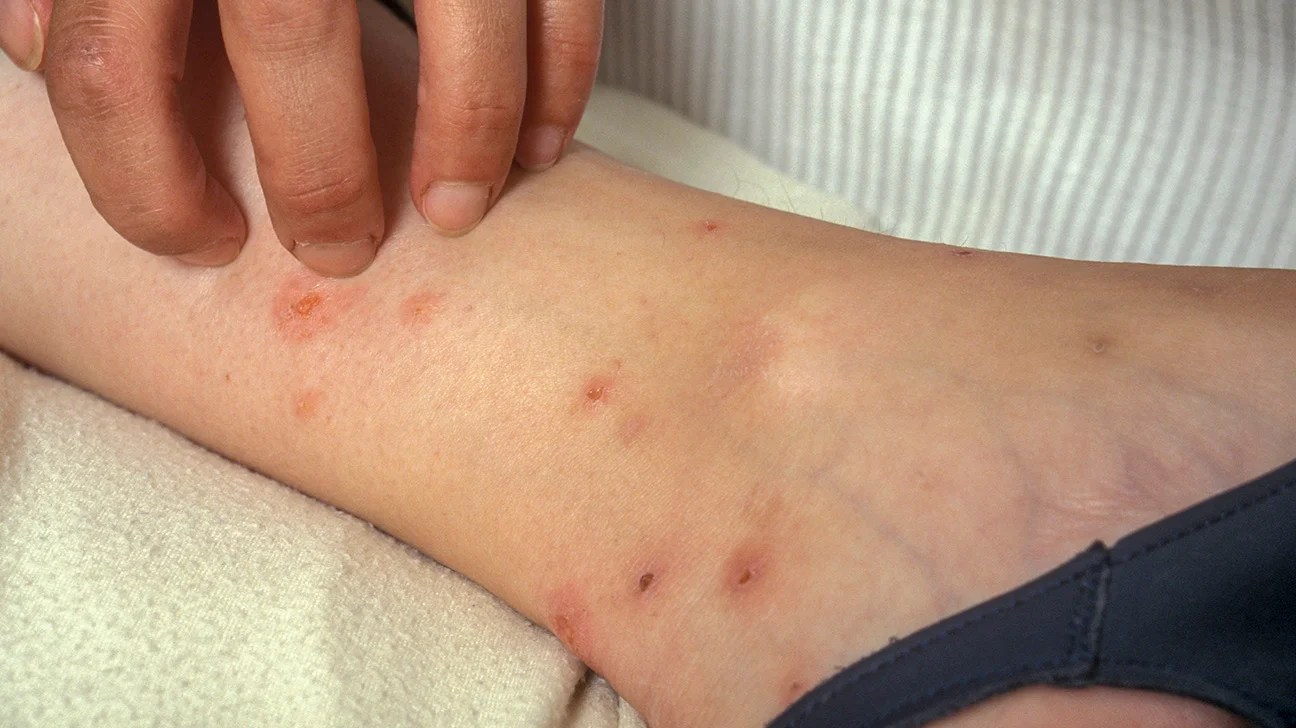

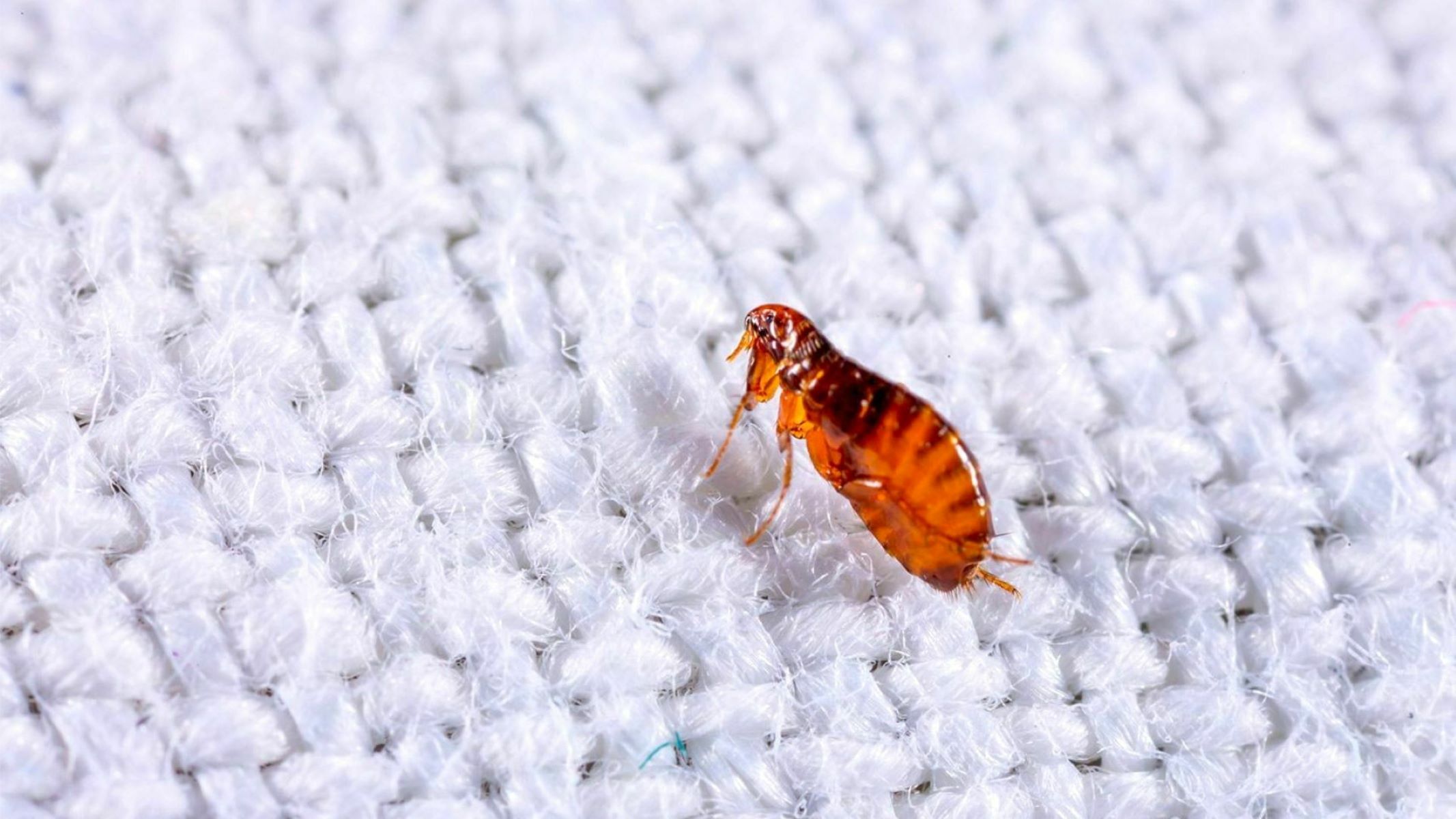
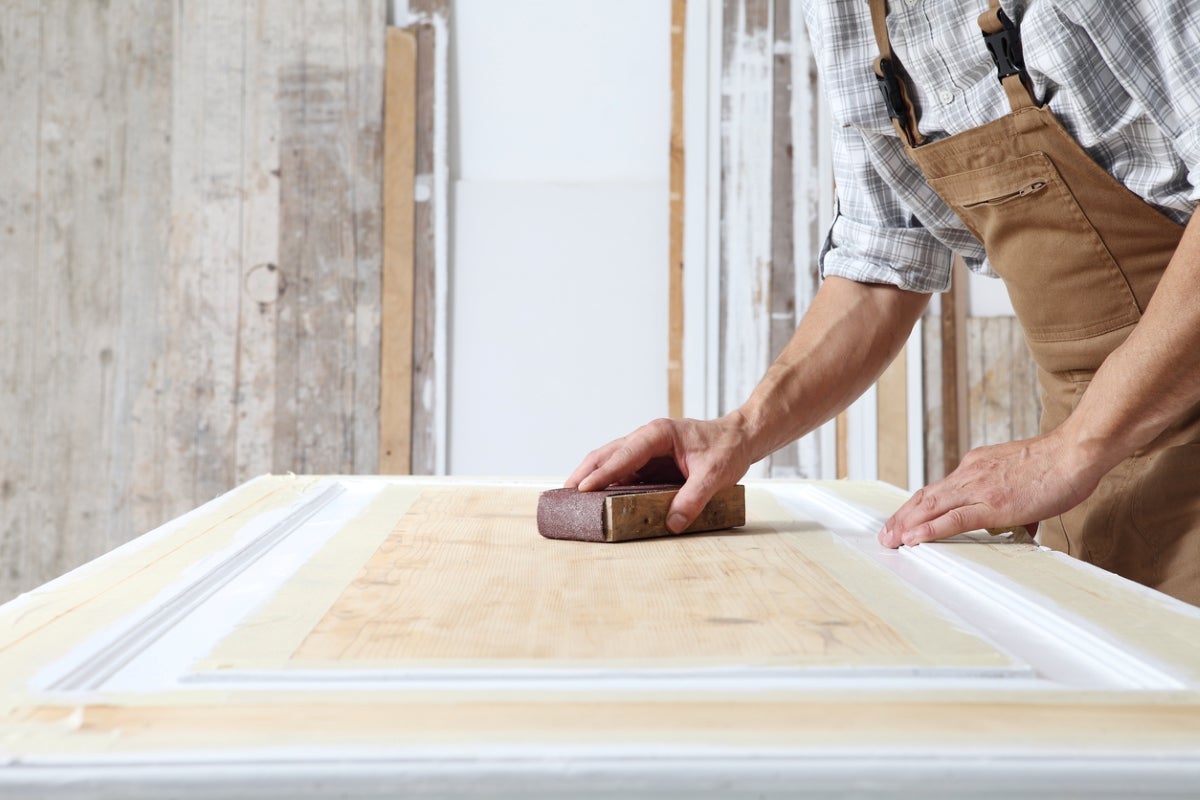

0 thoughts on “How To Store Sand Fleas”